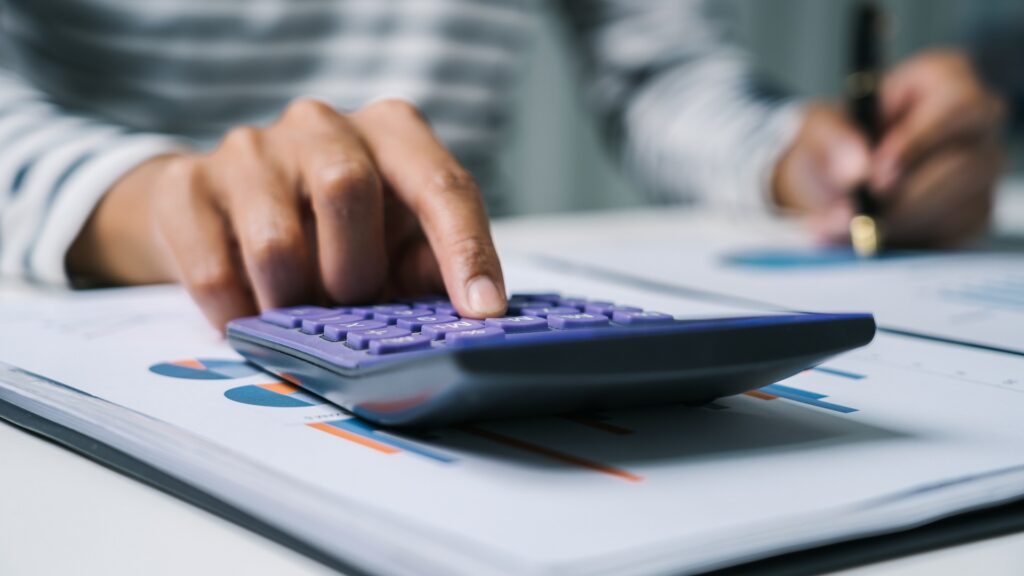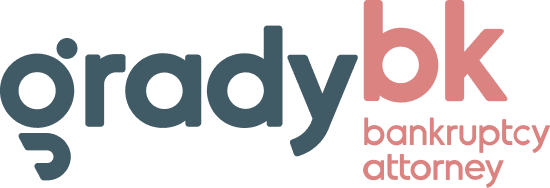Understanding all of the different elements of bankruptcy isn’t easy, especially when you’re already feeling the weight of financial stress. The thought of navigating through different bankruptcy options like Chapter 7 and Chapter 13 might make you feel nervous or overwhelmed. That’s why Grady BK, PLLC is here to walk you through it, step by step, with a clear and understandable breakdown of what each path involves.
This article is designed to shed light on the critical aspects of bankruptcy, from who can qualify to how the process works and what you can expect when it’s over. Our aim is to provide guidance and clarity so you can face this challenging situation with a bit more peace of mind. Let’s unpack the different elements of Chapter 7 and Chapter 13 bankruptcy together so you can reach a decision that feels right for you and your unique situation.
Understanding Bankruptcy
Bankruptcy is a legal process designed to help people and businesses eliminate or repay their debts under the protection of the federal bankruptcy court. The specifics of how debts are treated depend on the type of bankruptcy filed. Chapter 7 or Chapter 13 each serves different needs and comes with a unique process that influences their outcomes. Choosing the right option for you will depend on what you hope to accomplish when it’s over. It will also depend on the types of debt you owe and how much is owed altogether.
Chapter 7 Bankruptcy
- What It Is and Who It’s For: Chapter 7 bankruptcy is designed for people or businesses that cannot repay their debts. This option allows for the discharge (wiping away) of most unsecured debts, such as credit card debt, personal loans, and medical bills.
- Eligibility: To file for Chapter 7 bankruptcy, you must pass the “means test,” which compares your income to the median income of a family your size in New York State. If your income is below this average, you will qualify to file for Chapter 7 bankruptcy.
- The Process: Filing for Chapter 7 bankruptcy involves submitting detailed documents about your finances, including assets, debts, income, and expenses. A bankruptcy trustee is appointed to oversee your case. For most people, unsecured debts are discharged without any form of repayment, and essential assets like your house and your car are protected.
- The Outcome: The most significant outcome of Chapter 7 bankruptcy is the discharge of all unsecured debts that were weighing you down. It offers a fresh start to the people who need it, but it’s important to understand that not all debts will be dischargeable. Certain debts, mostly taxes, student loans, and child support/alimony will not be discharged (wiped away). This type of bankruptcy will stay on your credit report for 10 years, but you will start rebuilding your credit within months of the bankruptcy being over. It’s important to fully research your options with an experienced New York bankruptcy attorney.
Chapter 13 Bankruptcy: The Reorganization Plan
- What It Is and Who It’s For: Chapter 13 bankruptcy is suited for people with a regular income who can afford to repay part of their debts through a structured repayment plan. This option is often chosen by those who wish to avoid foreclosure or repossession of valued assets.
- Eligibility Criteria: To be eligible for filing for Chapter 13 bankruptcy, your debts must be below a certain threshold, and you must have a regular income to support the repayment plan. In New York State, as of 2024, an individual or married couple must have less than $2,750,000 in debt. This number is important in 2024 because it is the combination of both secured and unsecured debt limits. This change in Chapter 13 bankruptcy limits was implemented by the Bankruptcy Threshold Adjustment and Technical Corrections Act, which was signed into law on June 21, 2022. The threshold is set to expire on June 21, 2024, unless extended or modified by further government action.
- The Process: Chapter 13 bankruptcy involves proposing a repayment plan to the court and detailing how you will repay your debts over three to five years. A trustee will oversee the process and distribute payments to creditors according to the plan.
- The Outcome: Successfully completing a Chapter 13 bankruptcy can discharge any remaining unsecured debts. It also allows people to keep all of their prized possessions, so it’s an excellent option for reorganizing your finances without losing your assets.
Making an Informed Decision about Bankruptcy in New York
Choosing between Chapter 7 and Chapter 13 bankruptcy depends on your specific financial situation, your goals, and your needs. It’s important to talk with a New York bankruptcy attorney to explore your options and understand the implications of each choice. Misconceptions about bankruptcy often make the fear and anxiety surrounding debt even worse. The fears of permanently damaging your credit score or losing your possessions are entirely unfounded. Bankruptcy is a chance at a better future, not a punishment. Your credit score will improve quickly, and your assets will remain safe from repossession or foreclosure. Chapter 7 and Chapter 13 bankruptcies offer a legally protected path to financial recovery and a stable future.

